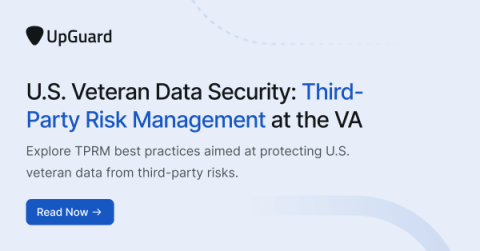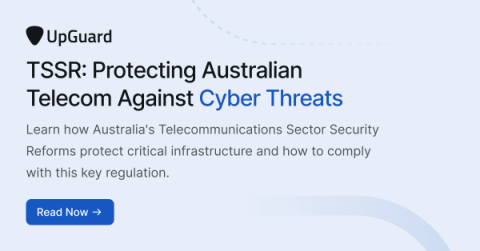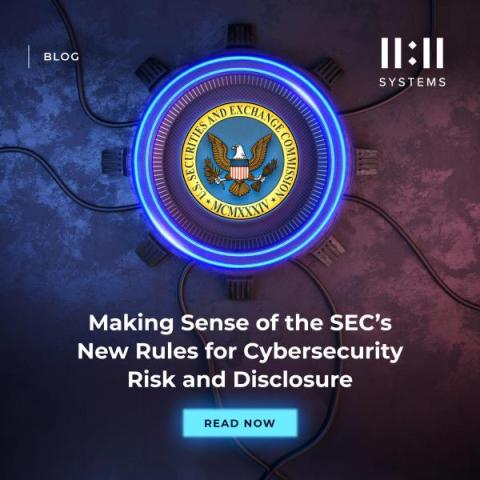Best Industry Practices for Maintaining SOC 2 Compliance
As data breaches and cyberattacks become more widespread, most businesses are making information security and data privacy a top priority. That means they want to know whether your business can be trusted with their sensitive information. SOC 2 compliance is one of the most effective methods to instill that confidence.










